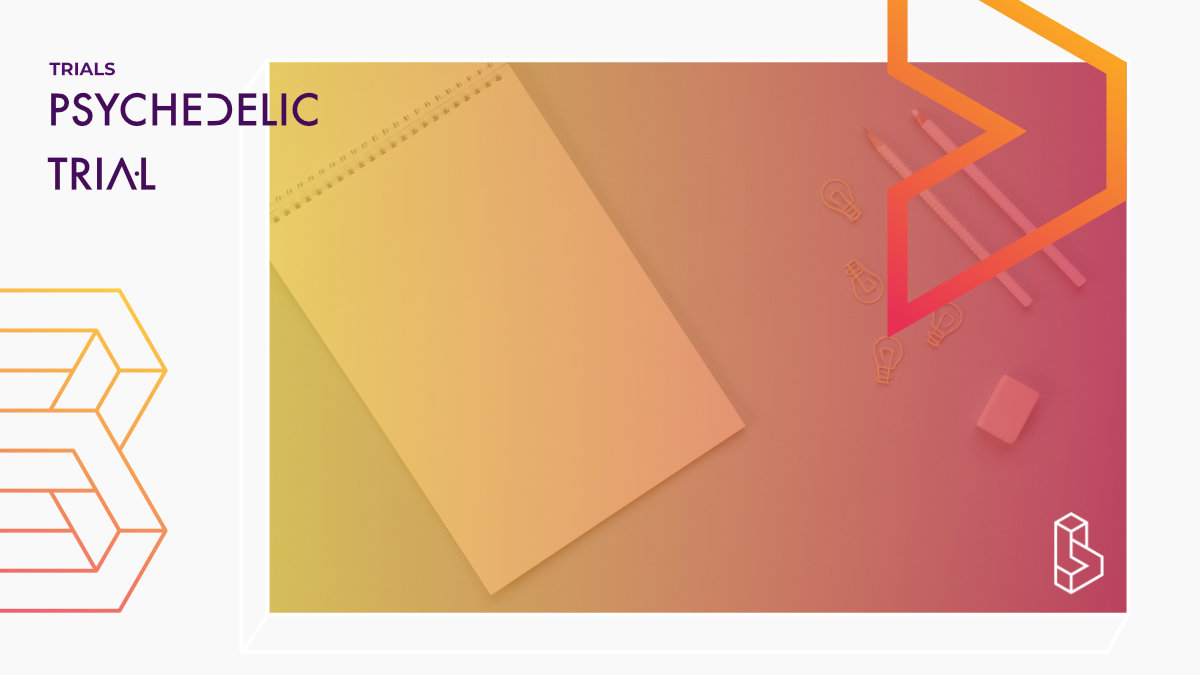In this project, we will A) track the functioning of a collection of potential neurobiological targets for depression over time, B) examine how fluctuations in the functioning of those targets relates to real-world functioning, and C) in a subset of the sample, determine how the functioning in those targets is altered by a single dose of ketamine.
Topic Depression
Compound Ketamine
Country United States of America
Visit trial
Status
Not yet recruiting
Results Published
Start date
07 January 2021
End date
01 January 2024
Phase
Phase I
Phase II
Design
Open
Type
Interventional
Generation
First
Participants
20
Sex
All
Age
18- 60
Therapy
No
Trial Details
In this project, we will A) track the functioning of a collection of potential neurobiological targets for depression over time, B) examine how fluctuations in the functioning of those targets relates to real-world functioning, and C) in a subset of the sample, determine how the functioning in those targets is altered by a single dose of ketamine.Trial Number NCT04916548
Sponsors & Collaborators
University of PittsburghThis company doesn't have a full profile yet, it is linked to a clinical trial.
Measures Used
Montgomery-Asberg Depression Rating ScaleA ten-item diagnostic questionnaire used to measure the severity of depressive symptoms in patients with mood disorders.
Hamilton Depression Rating Scale
The Hamilton Depression Rating Scale (HDRS) is a multiple item questionnaire used to provide an indication of depression, and as a guide to evaluating recovery. The scale consists of 17 items which each item being scoring on a 3 or 5 point scale. The higher the score, the more likely a person is depressed.
Quick Inventory of Depressive Symptomatology
The Quick Inventory of Depressive Symptomatology (Self-Report) (QIDS-SR16) is a self-report tool designed to screen for depression and measure changes in the severity of symptoms.

